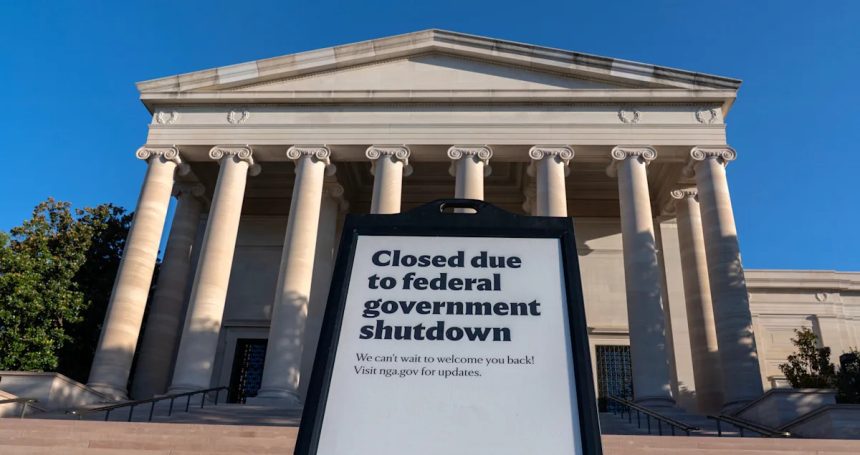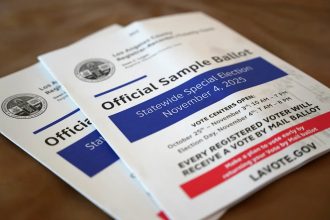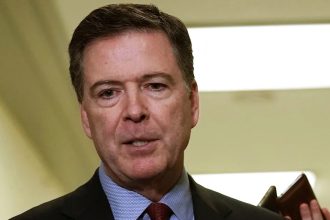Yes. The shutdown, which began on Oct. 1, is still going. There have been very few signs of meaningful progress toward a deal as Republicans and Democrats have remained committed to the positions they staked out weeks before government funding ran out.
The latest
Congress started off the week in the same place it has been since the shutdown started: Deeply divided along partisan lines with no clear path to a resolution. Leaders of both parties continued to place blame on their opposition as lawmakers dug in for what could be a protracted standoff.
The Senate met on Monday to hold another round of votes on a pair of competing proposals to reopen the government, one from each party. Both bills were rejected, as expected. It was the fifth time the same bills had been brought up in the Senate.
There was no activity at all in the House of Representatives, which is scheduled to remain on recess until early next week.
Why did the government shut down?
Everything the government does costs money. It’s Congress’s job to pass a budget to pay for all of that before the previously-approved funds run out. When they fail, it causes a government shutdown.
Republicans control both chambers of Congress and the White House, but they need at least a few Democratic votes to get past the filibuster in the Senate. Democrats have insisted that they will not back any spending plan unless it includes some things they want, including an extension of Obamacare subsidies that are on track to expire, a reversal of cuts made to Medicaid and new restrictions on Trump’s power to unilaterally make spending decisions.
The GOP has refused to consider any of those demands while the government is shut down. Instead, they have proposed a bill that would allow the government to reopen until late November with funding at existing levels. Their plan was approved by the House two weeks before the shutdown began, but Democrats have blocked it in the Senate.
What impact is the shutdown having?
An estimated 750,000 government workers have been furloughed since the shutdown began. Hundreds of thousands more are still working, but won’t be paid until after the standoff is resolved. The longer the shutdown goes, the more financial strain these workers will feel.
Many of the government’s most important programs — like defense, law enforcement, health care coverage and tax collection — keep going even during a shutdown. As a result, the impact of the shutdown on the American people as a whole has been limited so far. Some museums and landmarks have closed to visitors, though most national parks have remained open with minimal staff. There are early signs, though, that the fallout could start to spread if the impasse drags on.
A food assistance program that supports 6 million low-income mothers with young children is expected to run out of money in two weeks. Essential Air Service, a program that helps subsidize air travel to hundreds of rural communities around the country, could exhaust its remaining funds as soon as this weekend. There has also been a slight rise in the number of air traffic controllers calling in sick since the shutdown began, a potential warning sign of air travel headaches to come as the shutdown drags on.
Trump has repeatedly threatened to use the shutdown as an opportunity to punish Democrats and impose his agenda on the federal government. His administration announced that it was revoking billions of dollars in funding from projects in blue cities and states last week. The president has also said he would use the shutdown as an opportunity to fire thousands of federal workers, but has yet to follow through on that pledge.









